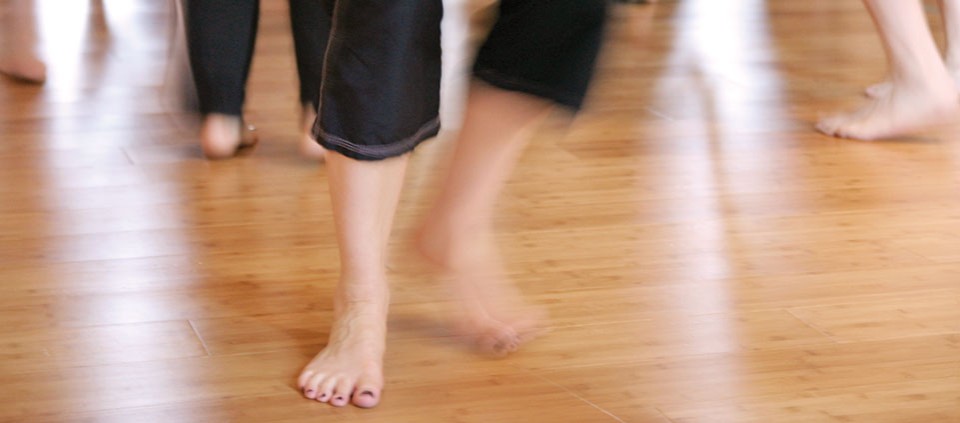How Your Feet Affect Your Posture

For all the focus given to footwear, our feet themselves get precious little attention. Although our ancestors’ bare feet negotiated uneven terrain littered with rocks, grit, and twigs all day long without complaint, our feet pad the flat concrete in search of new foot coverings to stop them from hurting. Of course, modern lives and needs are vastly different from those in millennia past but, as in other arenas where civilization has brought mixed blessings, our bodies have lost certain native capacities in the process of becoming modernized. Importantly, our feet have lost the capacity to receive intelligence from the ground and use it in support of the body.
Accommodating those twigs and pebbles kept our ancestors’ feet pliable, adapting through the 26 bones within each foot. As 32 joints shaped themselves to rough terrain, the related lower leg muscles, tendons, and membranes maintained their resiliency and their capacity to cushion each footstep. The lower legs are a crucial part of the foot’s responsiveness. This, incidentally, is the information gleaned from the barefoot running studies that predated the current craze for barefoot running and barefoot running footwear.
Modern legs are too often tense, hardening the soft tissues in the lower leg and thereby blocking normal adaptability of the foot. In this video, I share a self-help exercise that can release lower leg tension and begin to restore adaptability to your feet.
Find out about programs with Mary Bond at Kripalu.
Reprinted with permission from Mary’s blog at healyourposture.com.
Mary Bond, MA, a Rolf Movement® coach, Registered Somatic Movement Educator, and emerita faculty of the Rolf Institute®, teaches a sensory approach for transforming posture, movement, and worldview internationally.
Full Bio and Programs